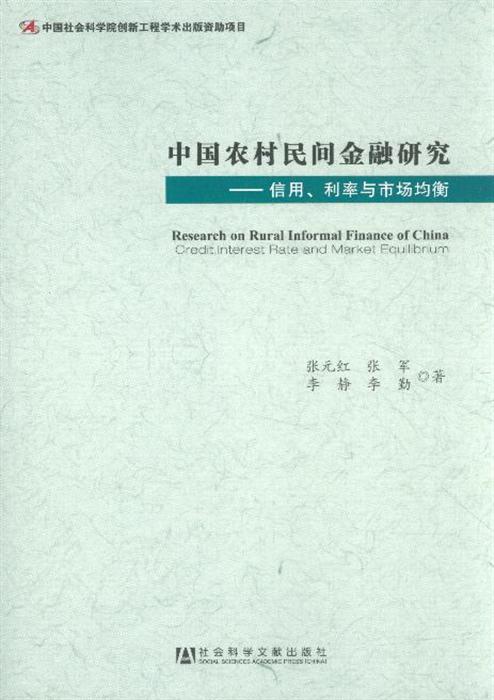Understanding the Interest Rate for Housing Loan 2018: Key Factors and Trends
#### Interest Rate for Housing Loan 2018In 2018, the interest rate for housing loans became a critical factor for homebuyers and investors alike. Understand……
#### Interest Rate for Housing Loan 2018
In 2018, the interest rate for housing loans became a critical factor for homebuyers and investors alike. Understanding the dynamics of these rates can help individuals make informed decisions about purchasing property or refinancing existing loans. The interest rates for housing loans are influenced by various economic indicators, including inflation, the central bank's monetary policy, and the overall health of the economy.
#### Factors Influencing Interest Rates
Several key factors influenced the interest rate for housing loans in 2018:
1. **Economic Growth**: The state of the economy plays a significant role in determining interest rates. In 2018, many economies were experiencing growth, which often leads to higher interest rates as demand for loans increases.

2. **Inflation**: Higher inflation typically results in higher interest rates. Lenders want to ensure that the money they lend retains its value over time. If inflation is on the rise, they will increase interest rates to compensate for the decreased purchasing power.
3. **Central Bank Policies**: The policies set by central banks, such as the Federal Reserve in the United States, directly affect interest rates. In 2018, the Fed raised interest rates several times in response to economic conditions, which in turn affected housing loan rates.
4. **Market Competition**: The level of competition among lenders can also impact interest rates. In a competitive market, lenders may offer lower rates to attract more customers. Conversely, if there are fewer lenders, rates may be higher.
#### Trends in Housing Loan Interest Rates

In 2018, the trend for housing loan interest rates was upward. As the economy strengthened, many central banks, including the Federal Reserve, began to increase rates. This trend was reflected in the housing loan market, where borrowers faced higher rates than in previous years.
Despite the rising rates, the demand for housing remained robust, driven by factors such as low unemployment and a strong job market. Many buyers were still eager to enter the market, leading to increased competition for homes. This demand helped to stabilize the housing market, even in the face of rising borrowing costs.
#### Impact on Homebuyers
For potential homebuyers, understanding the interest rate for housing loan 2018 was crucial for making informed decisions. Higher interest rates mean higher monthly payments and overall loan costs, which can affect affordability. Buyers needed to assess their financial situations carefully and consider locking in rates when they were still relatively low.

Additionally, rising rates could push some buyers out of the market, leading to a slowdown in housing sales. However, for those who were prepared and educated about the market dynamics, 2018 presented opportunities for investment and homeownership.
#### Conclusion
In summary, the interest rate for housing loan 2018 was shaped by a combination of economic factors, central bank policies, and market dynamics. As rates increased, it became essential for buyers to stay informed and adjust their strategies accordingly. Understanding these trends not only empowered buyers but also helped them navigate the complexities of the housing market effectively. Whether you were a first-time buyer or an experienced investor, being aware of the interest rate landscape in 2018 was vital for making sound financial decisions.